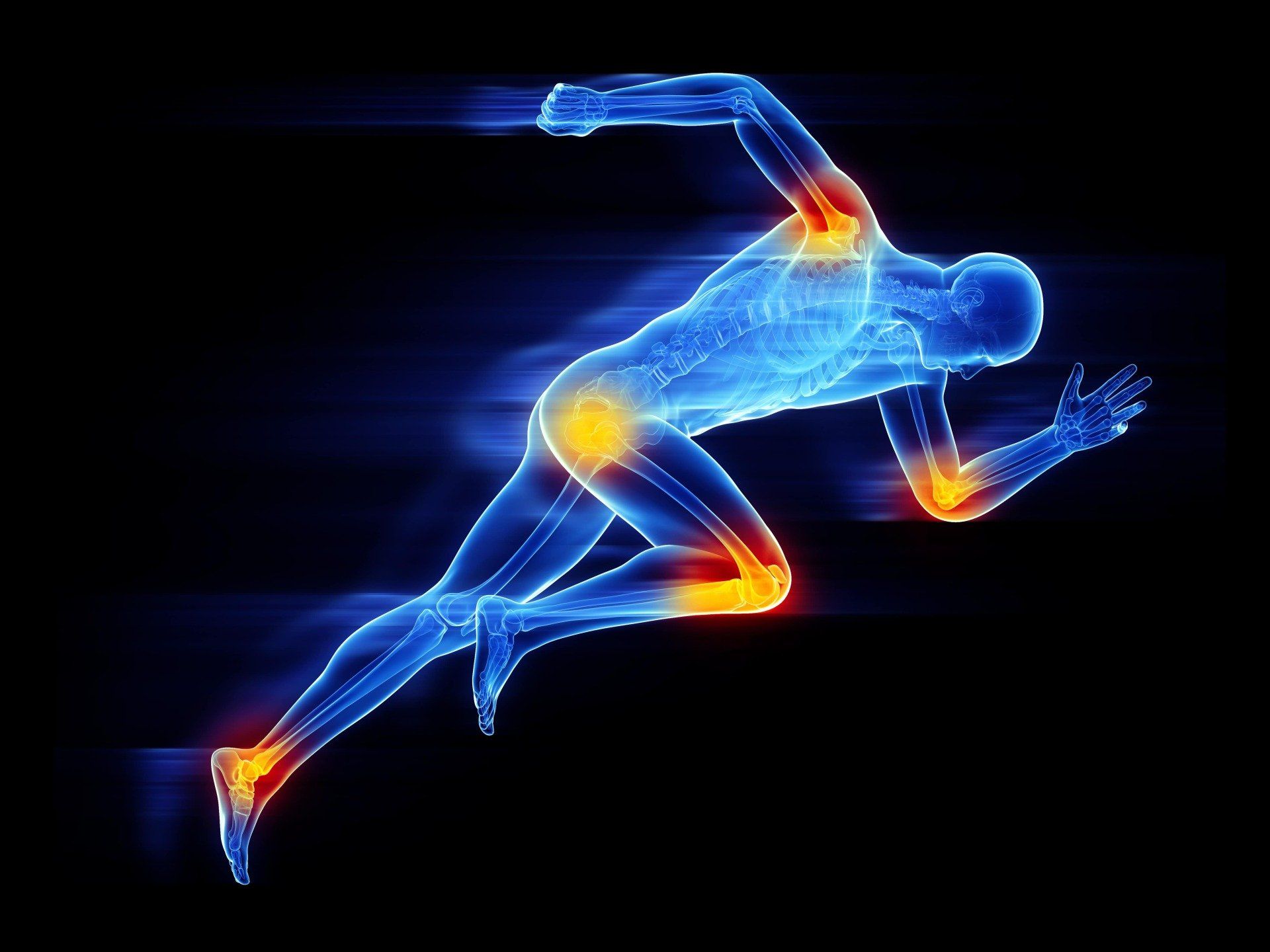Non-surgical Orthopaedics
What is Non-Surgical Orthopaedics?
This is an expanding area of medicine devoted to providing non-surgical options to patients who might have otherwise been compelled to undergo surgery. We are increasingly recognising the inherent capacity of the body to heal under the right conditions. Sport and Exercise Physicians see the full spectrum of care- both with patients in non-operative rehabilitation and with patients whilst assisting at operations. They have a strong appreciation for this capacity and aim to use it to maximise the chances that a patient will not require surgery.
Why do we Need Non-Surgical Orthopaedics?
In Australia we love our Sport and we also love our Food!
Injuries and weight gain are so prevalent in younger patients and because of this we are finding that patients are suffering earlier Osteoarthritis. It is a major priority to help young patients avoid a joint replacement because the available evidence from registries tells us that patients under 55 years wear them out faster. Given that the average life expectancy in Australia is 83 years, this means that a patient under 55 years of age will most likely require a second and much more invasive "revision" operation in their lifetime.
Orthopaedic surgeons in this country pride themselves on offering evidence-based care, and like all doctors, want excellent short-term and long-term outcomes for their patients. Therefore, most surgeons will encourage a young patient to delay their surgery for as long as feasible.
What Conditions can be Managed Non-Operatively?
Early Hip or Knee Osteoarthritis: Supervised, guided weight loss and exercise can make an enormous difference to pain and function in young patients with severe osteoarthritis. Adjunctive measures such as PRP, Hyaluronic acid injections and now Pentosan can also be used to delay the need for joint replacement surgery.
Our
Osteoarthritis Wellness Program is designed for these patients.
ACL Rupture: The Anterior Cruciate Ligament is crucial for rotational stability of the knee. In the past it was considered essential to reconstruct this ligament to return to sport or pivoting movements. There is increasing evidence to suggest that this ligament can and does heal when given the correct conditions. When the meniscus and cartilage are intact, you may be a candidate. Find out more…
Achilles Rupture: In the past we used to think an athletic patient with an achilles rupture could only return to sport with surgical repair. The evidence now reveals very similar results for non-surgical treatment with early mobilisation, so long as the diagnosis is not delayed. Patients who undergo surgery are slightly stronger in their calf muscle at an earlier stage. We believe patients should have the option, especially when diagnosed early (achilles ruptures are commonly missed).
Patients with diabetes or obesity are at high risk of complications including wound breakdown, infection and failed surgery. We use an evidence-based protocol, studied extensively in the UK, that showed successful results with a special cast for the first month and then early functional mobilisation in a heel lifted boot for the next 4 weeks to allow the tendon to heal in the correct position. Then this is followed by a 6 week period of physiotherapy strength and range of motion, with average return to sport at 6 months.











